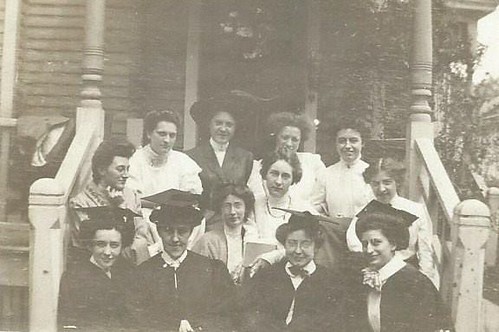Allison Barchichat, owner of East Cobb Tutoring Center, offers some sound advice for our students wanting to apply for scholarships…
Over the last twenty years, I have served on several scholarship grading committees. Who decides the winners and how? How can you maximize your chances to win scholarship money?
Follow the directions.
I know, I know. How basic is this? Seriously though, in every committee I’ve served on there have been students immediately disqualified for not following directions. For example, one scholarship application required the winner to be a member of the school PTSA. Three students were immediately rejected because they never joined the PTSA – the rest of their application packets were complete, with thoughtfully written essays. But ultimately, they didn’t follow the directions and their hard work was for naught.
Read on for more vital information.

